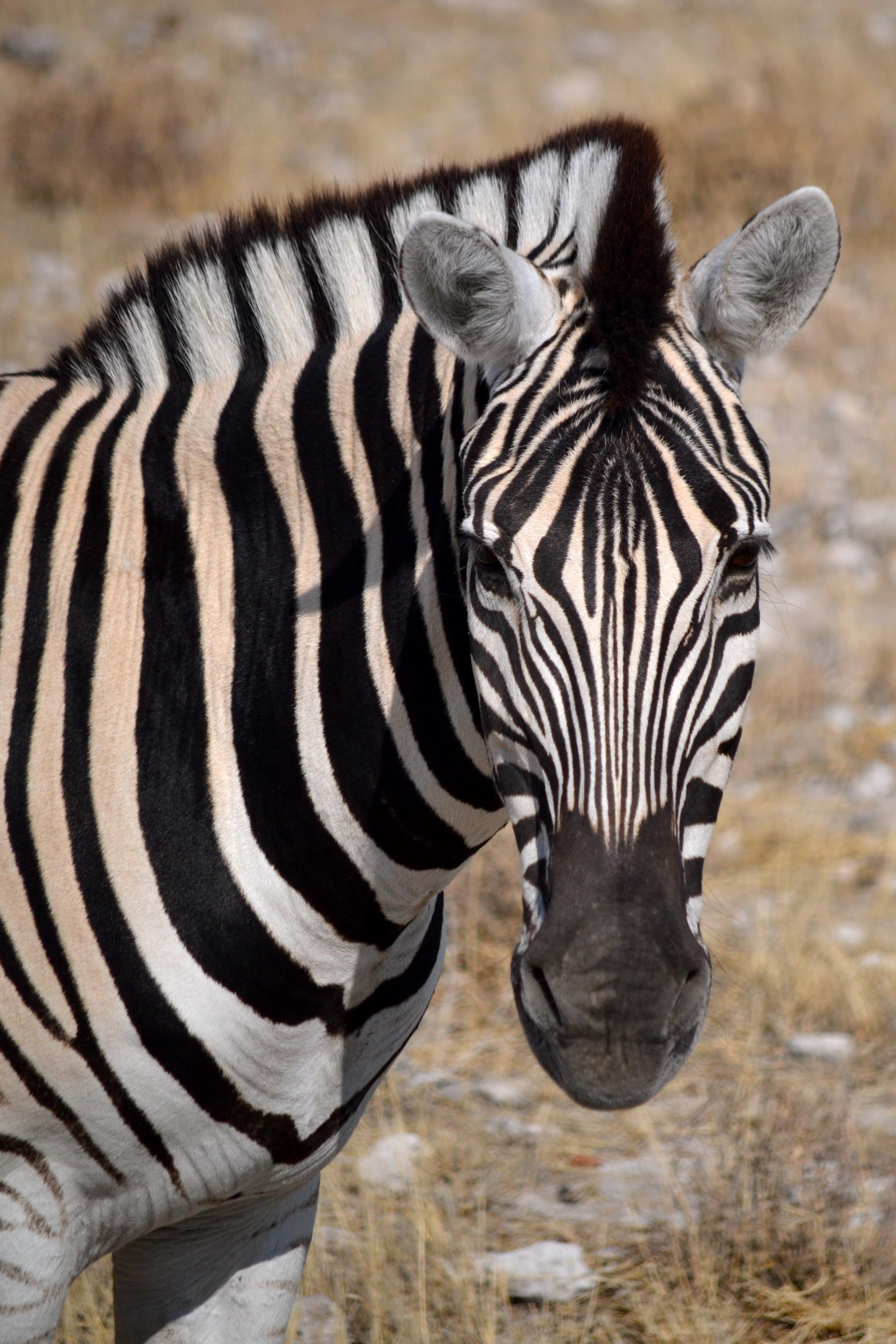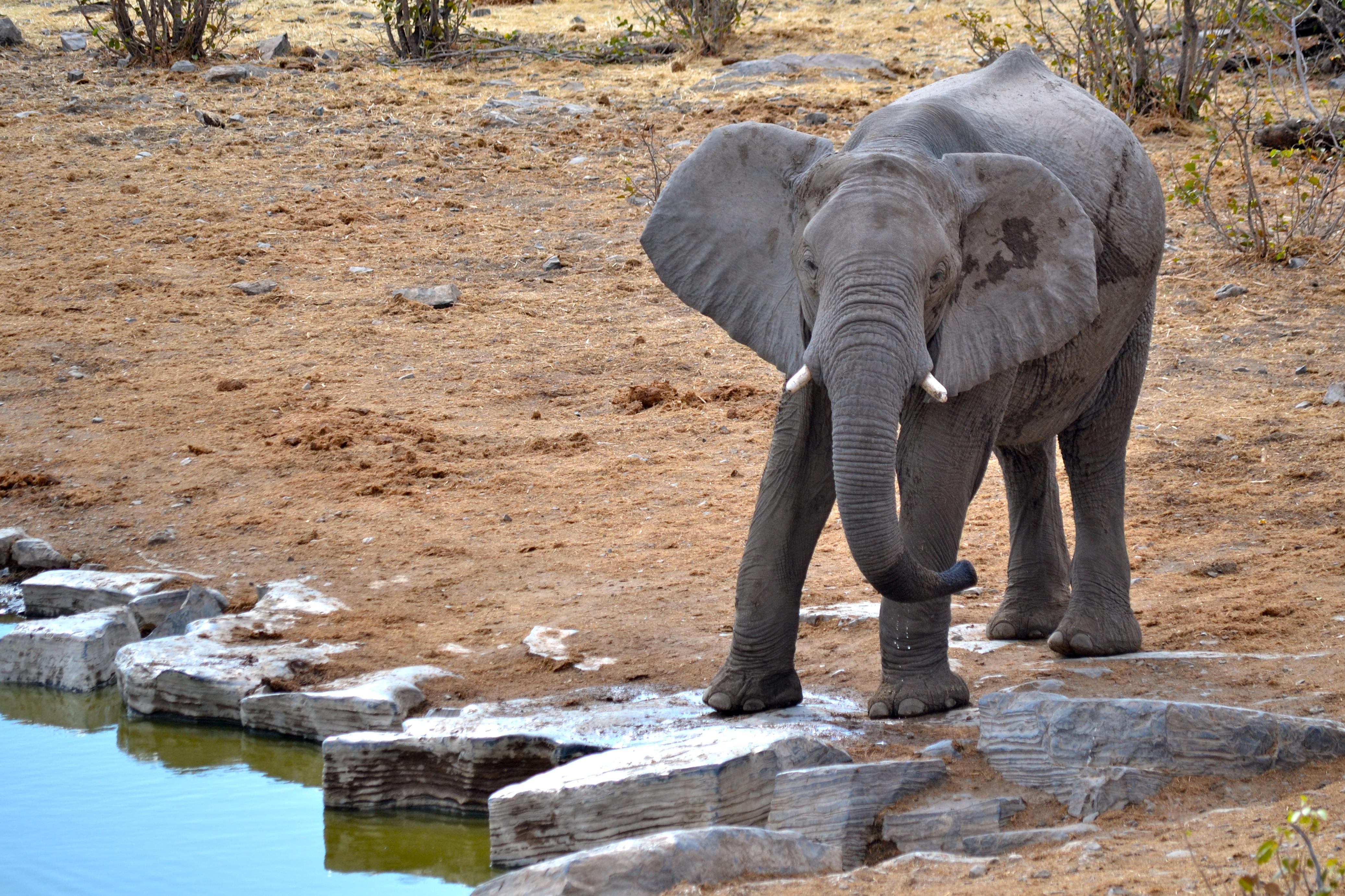Namibia is the first country in the world to incorporate the protection of the environment into its constitution, some 14% of the land is protected (www.cia.gov/namibia.com). It is no surprise to me that 66% of their National GDP is gained from tourism. In 1999 there were around 30,000 tourist visiting campsites/lodges, in 2004 they approximated that it tripled to 90,000 (www.met.gov.na). One of my favorite lodges we stayed during the trip was Sossuvlei Lodge. The view from the back patio was incredible and the lodge is conveniently located at the Sesriem gate, sanctuary to the highest sand dunes in the oldest desert.

Every year tourist travel from all over the world to climb sand dunes and experience spectacular views.
Another top attraction that draws people to Namibia is the conservancies. There are 79 conservancies in Namibia, for a total of 19% of the total land area. We were fortunate enough to venture into Etosha National Park for four days. Here we saw elephants, lions, giraffes, zebra, springbok, impala, kudu, birds, and many other animals. The Ministry of Environment and Tourism overlooks the production of these programs. Since 1999, 10,023 heads of game have been relocated to other countries and other conservancies (www.met.gov.na). This allows for more breeding and an increase in population. We also visited Mahangu National Park were we saw sable and hippos.

An elephant getting fresh water in Etosha National Park./ Zebras run rampant in the national parks of Namibia.

An elephant getting fresh water in Etosha National Park./ Zebras run rampant in the national parks of Namibia.
The coast of Namibia also is a protected strip of land. While in Swakopmund we visited Doro National Park. Here we were lead by a guide, Chris, on the living desert tour. Chris exuded passion for the conservation of the national park. When four-wheelers were introduced to the park, there were tire marks everywhere. You could see these pathways from space (www.boycottnamibia.com). It would take months and months for these tracks to disappear. In creating the Boycott Namibia website, Chris was able to get the Namibian government attention. Four-wheelers or “four-by-fours” are now only allowed to follow certain pathways through the sand dunes.
Ecotourism is a huge part of Namibia’s economy and way of life. They are paving the way for more and more countries to protect their natural resources and wildlife. When you protect the land and animals, people will flock to partake in the beauty the country holds. Through ecotourism Namibia is able to pour more money into the conservancies and natural resource management programs.
